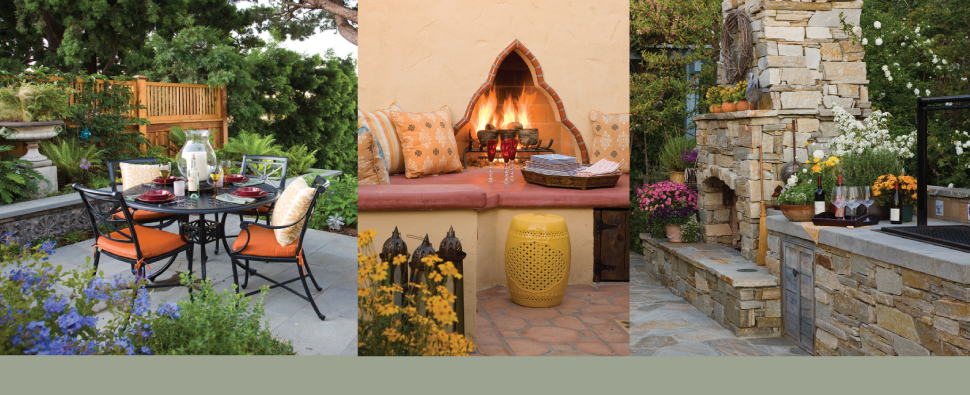 Gardenias are one of the most spectacularly scented flowers in a summer garden, but they have a well earned reputation for being hard to grow. Many do-it-yourself gardeners have tried them again and again only to have them yellow and die after a few months, or squeak along but never produce flowers.
Gardenias are one of the most spectacularly scented flowers in a summer garden, but they have a well earned reputation for being hard to grow. Many do-it-yourself gardeners have tried them again and again only to have them yellow and die after a few months, or squeak along but never produce flowers.
Grafted gardenias have come a long way towards changing that reputation. Grafted gardenias use the root stock of Gardenia thunbergii, a tree gardenia from South Africa that is more vigorous and much more drought tolerant. It is also more resistant to disease than cutting grown gardenias. Gardenia thunbergii does grow in San Diego but it is very hard to find. If you come across an old garden in Bankers Hill or one of the other old communities in town and you see what looks suspiciously like a gardenia flower on a 10-15′ tall tree, that is G. thunbergii. They tend to have a fairly unattractive shape, though, and long leggy branches.
Monrovia nursery makes my favorite grafted gardenias. A few I like to use are G. ‘Vietchii’ (above) for its reliability, G. ‘Aimee’ (aka First Love) for its large peony-like flowers (below left), and G. ‘Mystery’ (below right) for their profuse flowers.

 Gardenias prefer acidic soil, and the soil and water in San Diego are both alkaline. That means that your gardenias, even grafted varieties, will require fairly consistent care. If you have a rainwater collection system, consider using that to water your gardenias. To make sure the soil is acidic, add a cup or two of fish emulsion or another acidifier to the soil when you plant each gardenia shrub. The acidifier will be sold as a gardenia-camellia-azalea fertilizer. Dress the soil with another 1/2 cup to cup every month to keep your gardenia green and flowering. It does like more water than the xeriscape plants, so keep a close eye on it. Browning of the leaves or branches with very sparse leaves are a sign it isn’t getting enough water.
Gardenias prefer acidic soil, and the soil and water in San Diego are both alkaline. That means that your gardenias, even grafted varieties, will require fairly consistent care. If you have a rainwater collection system, consider using that to water your gardenias. To make sure the soil is acidic, add a cup or two of fish emulsion or another acidifier to the soil when you plant each gardenia shrub. The acidifier will be sold as a gardenia-camellia-azalea fertilizer. Dress the soil with another 1/2 cup to cup every month to keep your gardenia green and flowering. It does like more water than the xeriscape plants, so keep a close eye on it. Browning of the leaves or branches with very sparse leaves are a sign it isn’t getting enough water.
So are they worth all the effort? Absolutely! There is no smell more elegant than a gardenia. I’ve noticed that the smell only travels for a few feet, so I try to plant them directly under bedroom windows or close to an outdoor dining area so you can be sure to catch the sweet scent.
Interested in a waterwise garden of your own? We’d love to help! Please go to www.sageoutdoordesigns.com and fill in the contact us form.
Sage Outdoor Designs is a San Diego landscape design firm. Kate
Wiseman, the Principal, has been a San Diego landscape designer
for the past ten years. Find out more at www.sageoutdoordesigns.com










